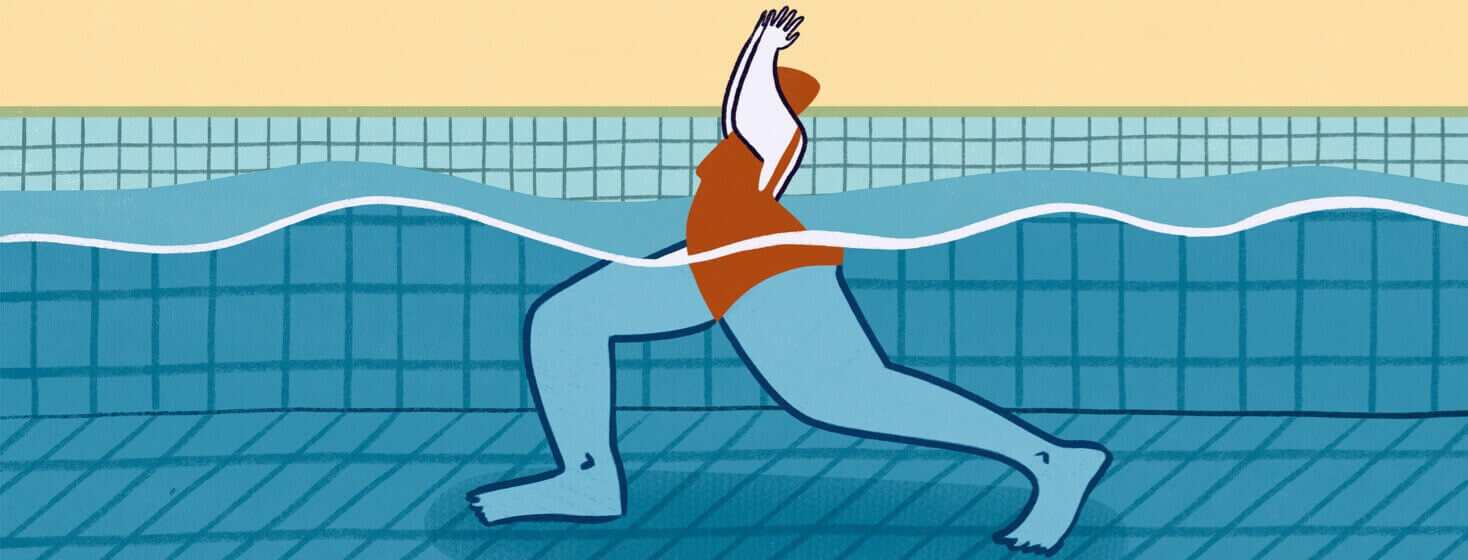Spasticity and Legs With a Mind of Their Own
It's the pleasure of having spasticity which creates arms, hips, and legs that have a mindset to do what they want, no matter what you think. My fellow MS warriors know what I mean and those without MS are thinking “wha’choo talkin’ ‘bout’, Willis?" No, it isn’t the show Diff’rent Strokes, although spasticity sure makes you do different strokes and you never know when, where, or why.
Spasticity impacts over 12 million people in the world. Which includes approximately 80 percent of those with MS and Ceberal Palsy who deal with the impact daily. Let’s look at who is impacted, why it happens, and current treatments.1
What is spasticity and who does it impact?
Spasticity is prolonged or quick tightness/contraction, typically in your legs, arms, or hip muscles. It can cause intense pain and create some disabling results. Those most impacted have MS, traumatic brain, spinal cord injuries, a stroke, or cerebral palsy.1
Those with MS typically see issues in their hips and legs. Spasticity results in extreme tightening of hip muscles and legs, bending your legs backward or straight. It can last a few seconds or minutes and the causing factor is spinal cord lesions.1
Featured Forum
View all responsesWhat treatments are available?
There are several approaches to help manage spasticity and make daily activities a little easier. Your plan might include physical therapy, pain management, exercise, or possible surgery.
Physical therapy
Physical therapy will use stretching exercises in various positions to loosen your muscles. Range-of-motion may also be used to help improve joint flexibility and range. Another method is called passive stretching. Your therapist will move the joint causing the muscle to reach the stretching point. The muscle will be held in this position for a minute, then slowly release the stretch to a relaxed position.2
Aquatic exercise
Aquatic exercise can help stretch your muscles and improve joint rotation by water resistance. Water buoyancy reduces muscle stress, making exercises easier yet beneficial. Keep in mind the water temperature is critical for those with MS. Try to keep the water around 85 degrees to reduce heat or cold body reaction.2
Pain management
Other techniques people try include acupuncture, medication to relax your muscles, Botox, or baclofen. There are currently several different medications to consider such as baclofen (pump, tablet, or injection), Gabapentin, Zanaflex, Klonopin, Dantrium, and Kepara, among others.2
If none of these methods work, there are surgical techniques to consider called peripheral ablative procedures. These procedures are performed on your spinal cord and may include nerve blocks, spinal stimulation, or infusion of pharmacologic agents.3
Let’s finish with a little life funny
We all know MS makes life interesting and causes all of us to adjust to our normal. The one adjustment I have found funny and generates that look of “oh my”, is the wall or window walk. You get that look from folks at the mall while walking inches from a wall or window, running your finger along it while wandering right and left.
Yep, that look of “he drank one too many” and should have stayed home!
Thanks again for reading my articles. I look forward to hearing your stories, thoughts, and questions regarding spasticity. I challenge each of you to try and brighten someone’s day with an act of kindness. Until the next time, be safe, healthy, and happy.

Join the conversation